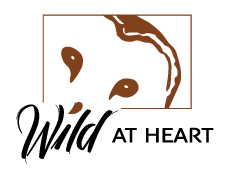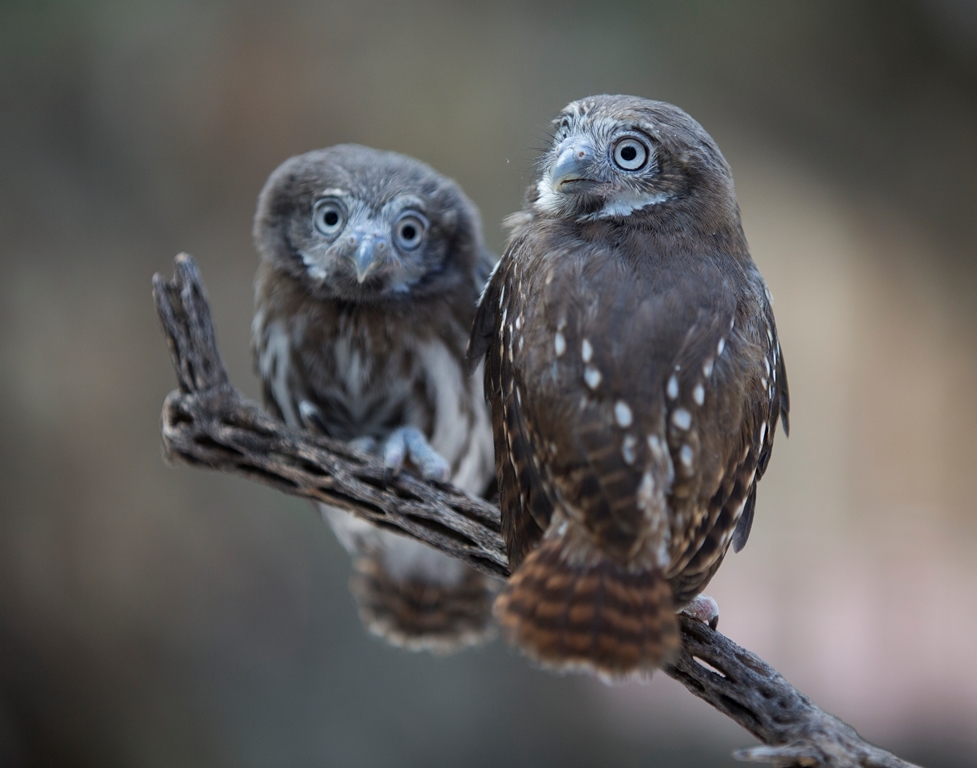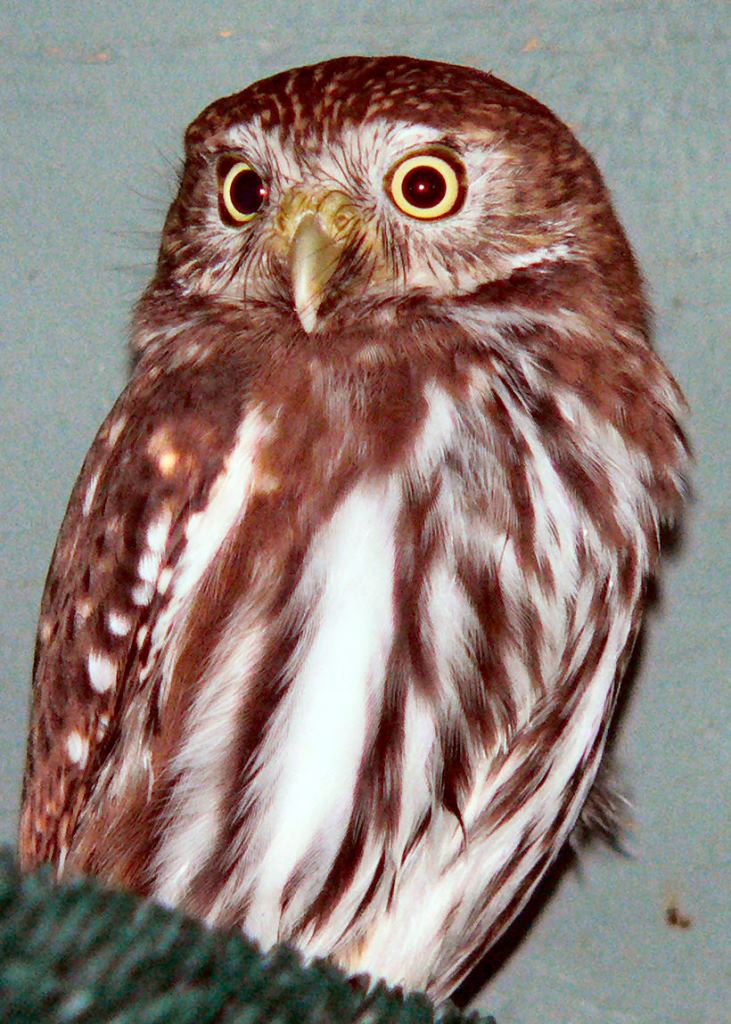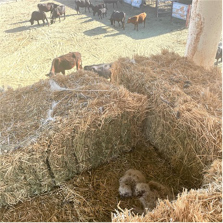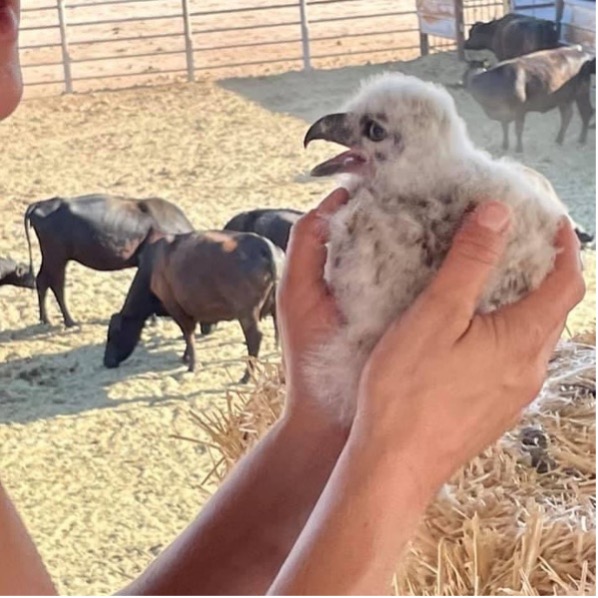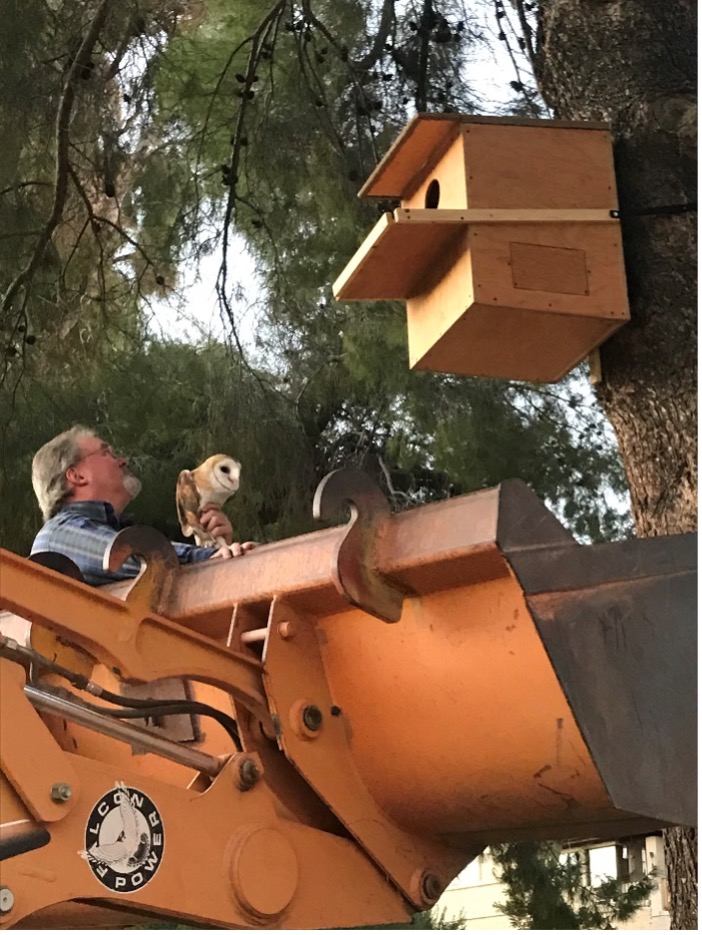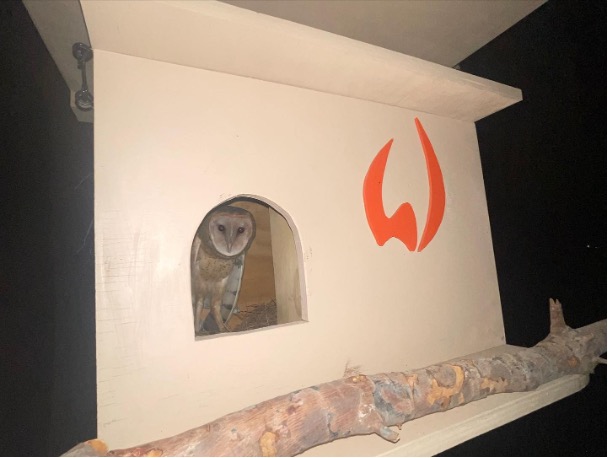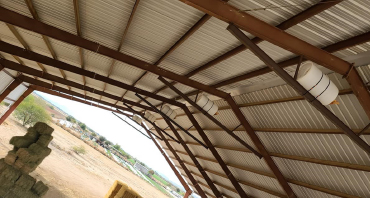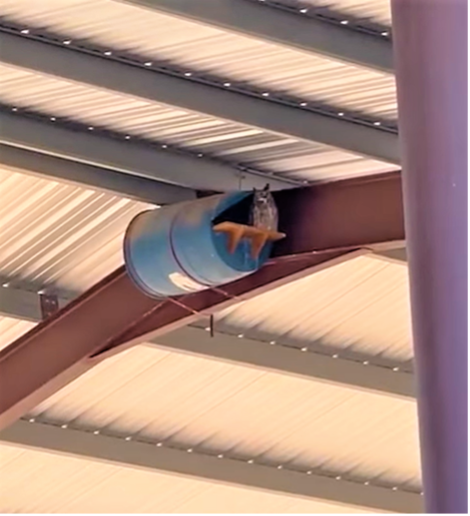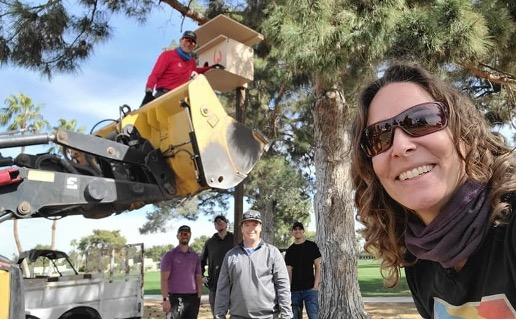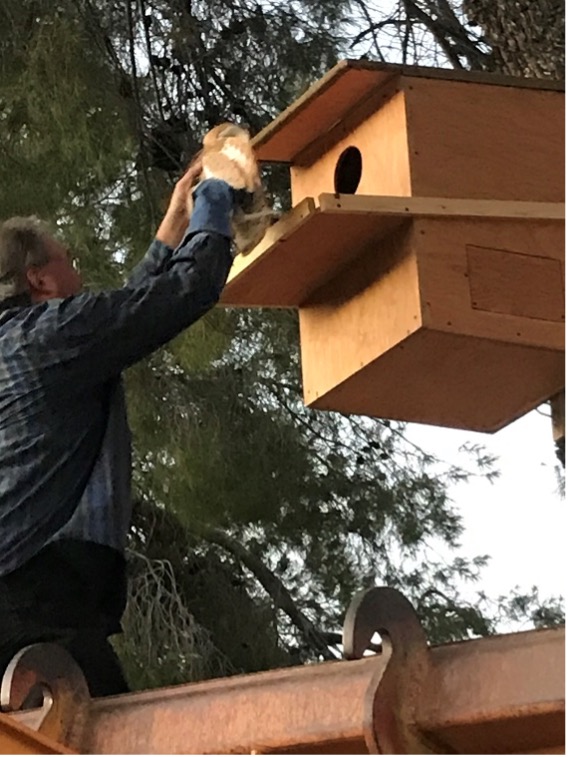Breeding and Recovery Programs
The federal Endangered Species Act (ESA) of 1973 provides for the identification, listing, and protection of both threatened and endangered species and their habitats. According to the U.S. Fish and Wildlife Service, the law was designed to prevent the extinction of vulnerable animal species by developing recovery plans and protecting critical habitats.
Pygmy Owls
The Arizona population of Cactus Ferruginous Pygmy-Owls (CFPO) is in decline due to loss of habitat and is not likely to be self-suståaining without intervention. In 2007, the Arizona Fish and Game Department (AGFD) documented only six nesting pairs.
Wild At Heart has been entrusted with the task of determining if this owl species will breed in captivity while establishing the captive-breeding protocols for this species.
Currently, Wild At Heart is caring for 33 Cactus Ferruginous Pygmy-Owls. In partnership with AGFD and the U.S. Fish and Wildlife Service, WAH is helping to stabilize the CFPO population through future releases of captive-bred offspring.
Dangers to Birds of Prey
Despite being a hunter, our birds of prey also encounter a wide array of dangers in the wild. Here is a list of just some of those dangers:
- Eating mice and rats poisoned by humans
- Getting hit by cars and other vehicles
- Flying into windows, cables, or electrical wires
- Being shot, which is a serious crime!
- Young birds at risk from domestic pets and people
- Raccoons, coyotes, badgers, hawks, and Great Horned Owls will prey on young raptors
- Housing and land development destroys Burrowing Owls homes
- Falling out of nests and sustaining an injury
- Lack of water or food
Barn Owl and Great Horned Owl Nesting Habitat Creation
Wild At Heart advocates and educates for raptor offspring to stay with their parents. But, when nestling and fledglings end up in hay bale that will be moved and the babies (and eggs) will be crushed or in a an area that is unsafe for the young to fledge, then intervention is needed. Between 200-300 eggs, nestlings, and fledglings come each spring to Wild At Heart for a safe place to grow up through the summer months, receive live food training before being released. All this is time and money when the solution for many of these bird families is to provide a safe structure for owls to raise their offspring in. Wild At Heart volunteer Val Motyka, founder of Arizona Wildlife Resources, has piloted a program to provide new nesting barrels and boxes to be installed on farms and golf courses in the greater Phoenix area and elsewhere. For the last few years, Wild At Heart now young adult Barn and Great Horned owls are relocated starting late summer into nesting sites Val has installed with help from many other friends and volunteers she has recruited. When these owls in turn have their own offspring, they have a safer, bigger ‘nest’ to raise their young so they can stay with the parents and learn all the survival skills they need. This practice also has the added and intentional benefit of using the owls as nature’s rodent control so farms and golf courses can eliminate the need for any harmful rodenticides that kill thousands of innocent wild and domestic animals.
Interesting information about Barn Owl’s from Cornell Lab of Ornithology…HERE.
